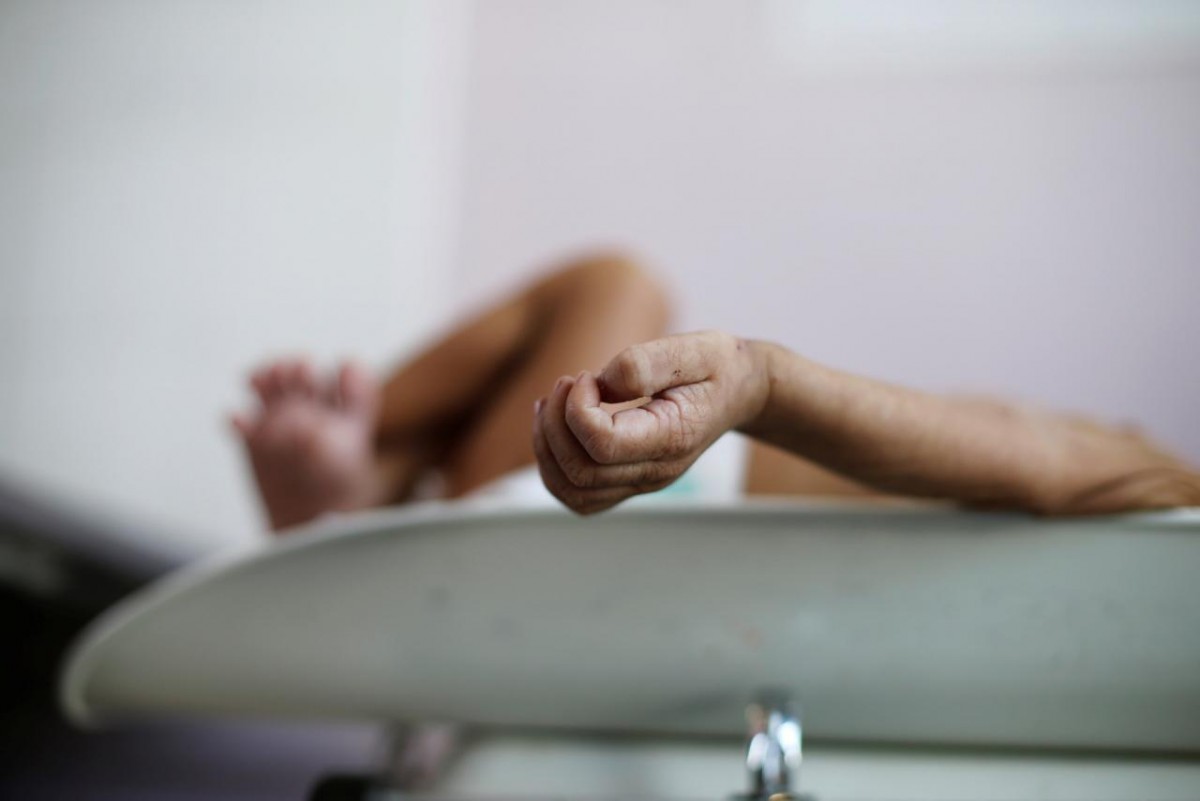
New Delhi: Union territories and state governments have utilised only 30% of the funds released under the Poshan Abhiyaan or the National Nutrition Mission since it was launched in 2017, according to a report in the Hindu.
An analysis of data shared in the parliament shows that, with the exception of Mizoram, Lakshadweep, Himachal Pradesh and Bihar, none of the state governments used even half of the sum granted to them in the last three years.
The Centre’s flagship programme Poshan Abhiyaan aims to improve nutritional levels among pregnant women, lactating mothers and children by reducing the level of stunting, underweight, anaemia and low birth weight by 2022.
In November this year, Union Minister for Women and Child Development Smriti Irani said that the government had set up the ‘POSHAN Abhiyaan’ on December 18, 2017, for a three-year time frame commencing from 2017-18 with an overall budget of Rs 9,046 crore.
“To ensure a holistic approach, all 37 states and union territories and districts have been covered. The goal of ‘POSHAN Abhiyaan’ is to achieve improvement in nutritional status of children from 0-6 years, adolescent girls, pregnant women and lactating mothers in a time-bound manner during three years with fixed targets,” she said.
The Poshan Abhiyaan was expected to benefit over 10 crore people. The budgetary support – which constitutes 50% of the budget – is divided into a ratio of 60:40 between the Centre and the states, 90:10 for the northeast and Himalayan states and 100% for union territories without legislation.
Also read: Without Tackling Hunger and Malnutrition, India’s ‘Acche Din’ Will Remain Stunted
The remaining 50% of the budgetary support is to be drawn from the World Bank and other development banks, bringing the Centre’s total share to Rs 2,849.54 crore.
According to information provided in the parliament by the minister for women and child development Smriti Irani, the Centre disbursed a total of Rs 4,283 crore to different states and union territories. Only 29% of these funds had been utilised until October 31, 2019.
Among the states that utilised the funds the most, were Mizoram, which utilised 65.12% of the funds, followed by Lakshadweep, which utilised 61.08% of the funds, Bihar (55.17%), Himachal Pradesh (53.29%) and Meghalaya (48.37%). The least amount of funds used was by Punjab which only utilised 0.45% of the funds, followed by Karnataka (0.74%), Kerala (8.75%), Jharkhand (13.94%) and Assam (23.01%).
During 2019-20, funds under Poshan Abhiyaan were released for 19 States even though 12 of those states had used less than a third of the funds released in the previous two years.
“The programme was conceptualised as one to be implemented in phases. It is, thus, expected that utilisation will increase over years. A number of activities had a slow start but are now picking up,” Avani Kapur, fellow at the Centre for Policy Research and Director at the Accountability Initiative told the Hindu.
In October, the Union Ministry of Health and Family Welfare released findings from the Comprehensive National Nutrition Survey, which showed that 35% of children under the age of five were stunted.
Indian government scientists and doctors also looked into multiple government data sets and concluded that malnutrition is still a leading cause of death for children under five.
Also read: In 10 Graphs, the Worrying State of Public Health and Malnutrition in Maharashtra
A recent UNICEF report titled ‘The State of the World’s Children 2019’, held that malnutrition caused 69% of deaths of children below the age of five in India and that every second child in that age group is affected by some form of malnutrition.
These include stunting (35%), wasting (17%) and overweight (2%). Only 42% of children (in the age group of 6 to 23 months) are fed at an adequate frequency and 21% get an adequately diverse diet.
The report also held that every second woman in India was anaemic. It also said that anaemia is the most prevalent in children under the age of five years. Its prevalence among adolescent girls is twice as that of adolescent boys.
A report published in the Lancet, earlier this year, as a part of the Global Burden of Disease Study looked at all available sources for data on malnutrition in India between 1990 and 2017, was the the “first comprehensive estimate” of trends in child and maternal malnutrition for every state of the country.The report held that malnutrition was risk for 68% of children under five.
Lalit Dandona, director of India’s state level disease burden initiative, had said that some states were not on track to achieve India’s nutrition targets and that while there had been some changes, the rate of change was not fast enough to reach the targets.

